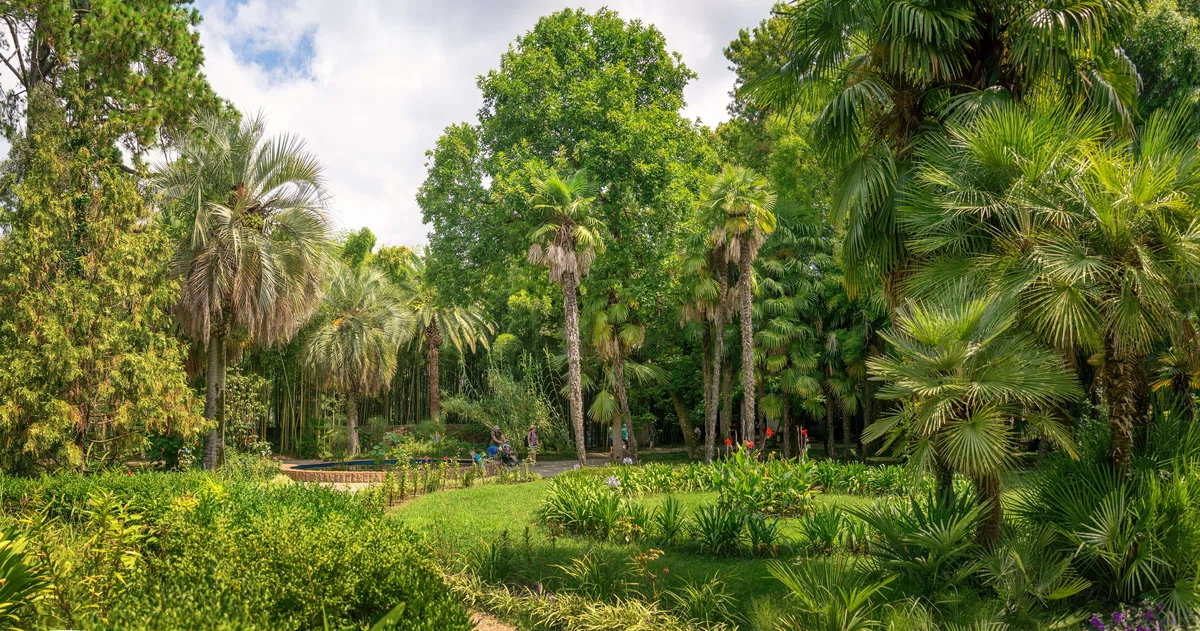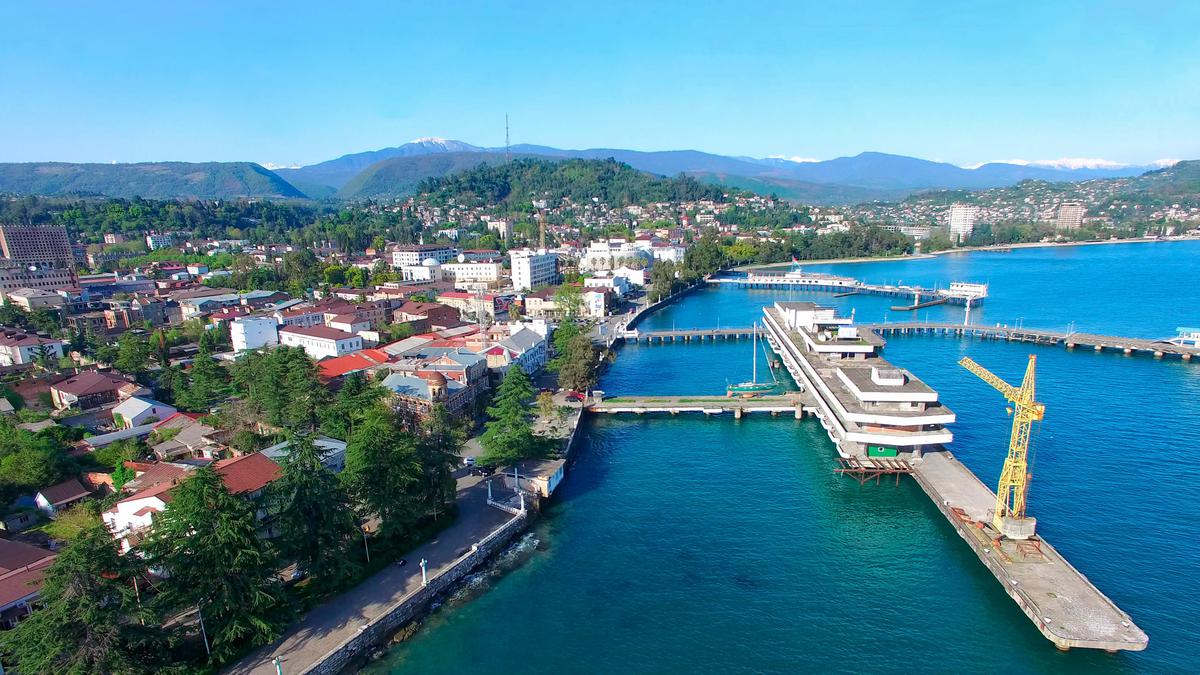
The main picturesque sights of the city of Sukhumi. Sukhumi Botanical Garden.
In the "Sukhumi Botanical Garden" you can see not only a huge variety of subtropical, but also aquatic and greenhouse plants. Here you will see plants that are not found in almost all other botanical gardens. If you want to have a good day, then definitely visit this place!
In 1941, in the upper part of the Eastern Gumista River, the Gumista State Reserve was formed. The purpose of the foundation of the reserve was to study and preserve the flora and fauna of the Colchis types of the Tertiary period.
The main city of Abkhazia, Sukhumi, is located near the picturesque Black Sea bay, between the mouths of the Gumista and Kelasuri rivers. Sukhumi old city. According to legend, the first city was founded here by the characters of the ancient Greek myth about the Argonauts, the twin brothers Castor and Polydeuces. The city was called Dioscursia (Greek "city of twins") and was flooded by the sea about two thousand years ago. Soon the city "Tskhumi" (or "Tskhomi" in ancient Georgian - a hornbeam tree) was again built here. The Romans called it "Sebastopolis", and the Turks transformed the name "Tskhumi" into "Sukhumi". It was the Turkish version of the name that stuck to the city.
The subtropical climate of Sukhumi is due to the diversity of vegetation. Deciduous trees (palm, magnolia, eucalyptus, laurel) and conifers (cypress, cedar, pine, etc.), characteristic of the climate of the Black Sea region, are widespread here. There are also many fruit and citrus orchards and exotic plants, such as thuja, Himalayan cedar and feijoa. In the parks of the city, rose bushes grow in huge numbers, and mimosa and acacia bloom even in winter.

The main attraction of Sukhumi is the Botanical Garden, founded in 1838. Over time, more than 4,500 plant species have been collected here. In addition to 1200 species of subtropical plantations, more than 350 species of greenhouse and 50 aquatic plants grow in the garden. The pride of the park is the Alley of Elephant Palms (jubey).
To the north of the Botanical Garden is the Research Institute of Experimental Pathology and Therapy - the Monkey Nursery. It was founded in 1927. Over the years, various kinds of scientific experiments have been carried out here. In 1977, a monument to a monkey was erected at the entrance to the institute. Thus, the contribution of the inhabitants of the nursery in the fight against typhoid, poliomyelitis, cancer and other dangerous diseases was noted.













31 comments
Log in to leave a comment
А какая там богатая растительность, воздух, запахи головокружительные в прямом смысле.
Сад был основан в 1838 году. Со временем здесь было собрано более 4500 видов растений.
Субтропическим климатом обусловлено наличие как лиственных, так и хвойных. Много здесь фруктовых и цитрусовых садов и экзотических растений ( туя, гималайский кедр и фейхоа). В парках города растут розовые кусты, а мимоза и акация цветут даже зимой.
В 1941 году образовался Гумистский заповедник.
В Сухумском ботаническом саду сохранились растения, которых нет во всех других ботанических садах.